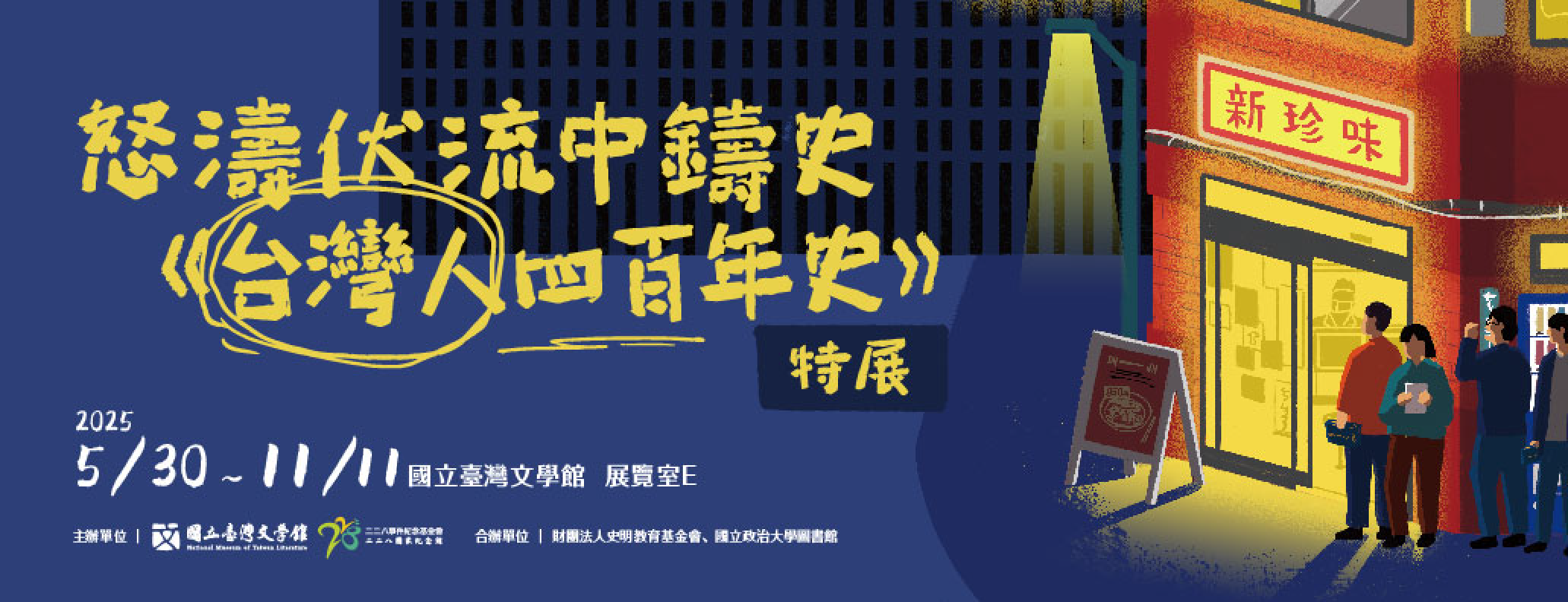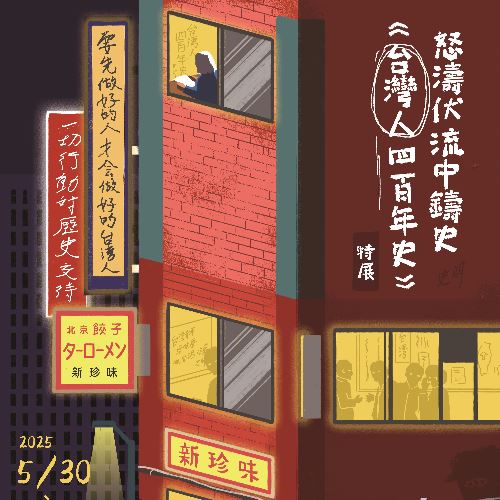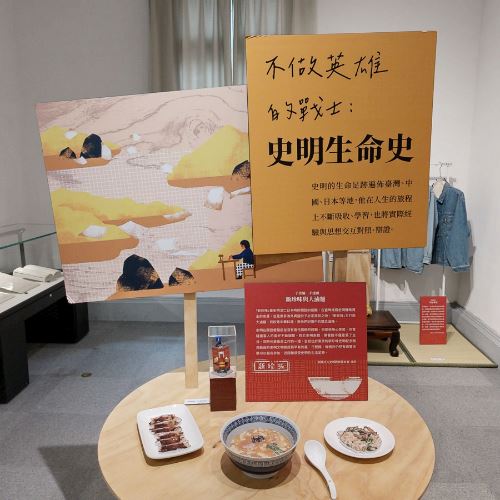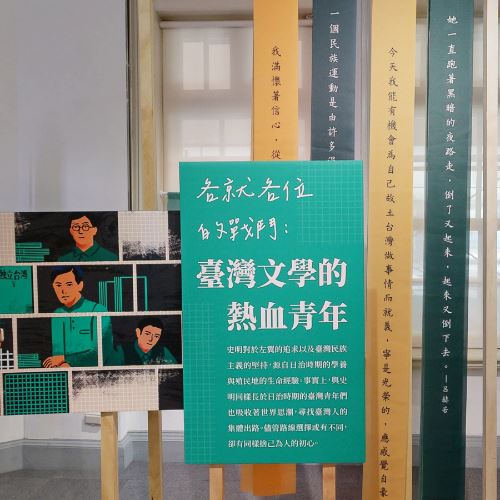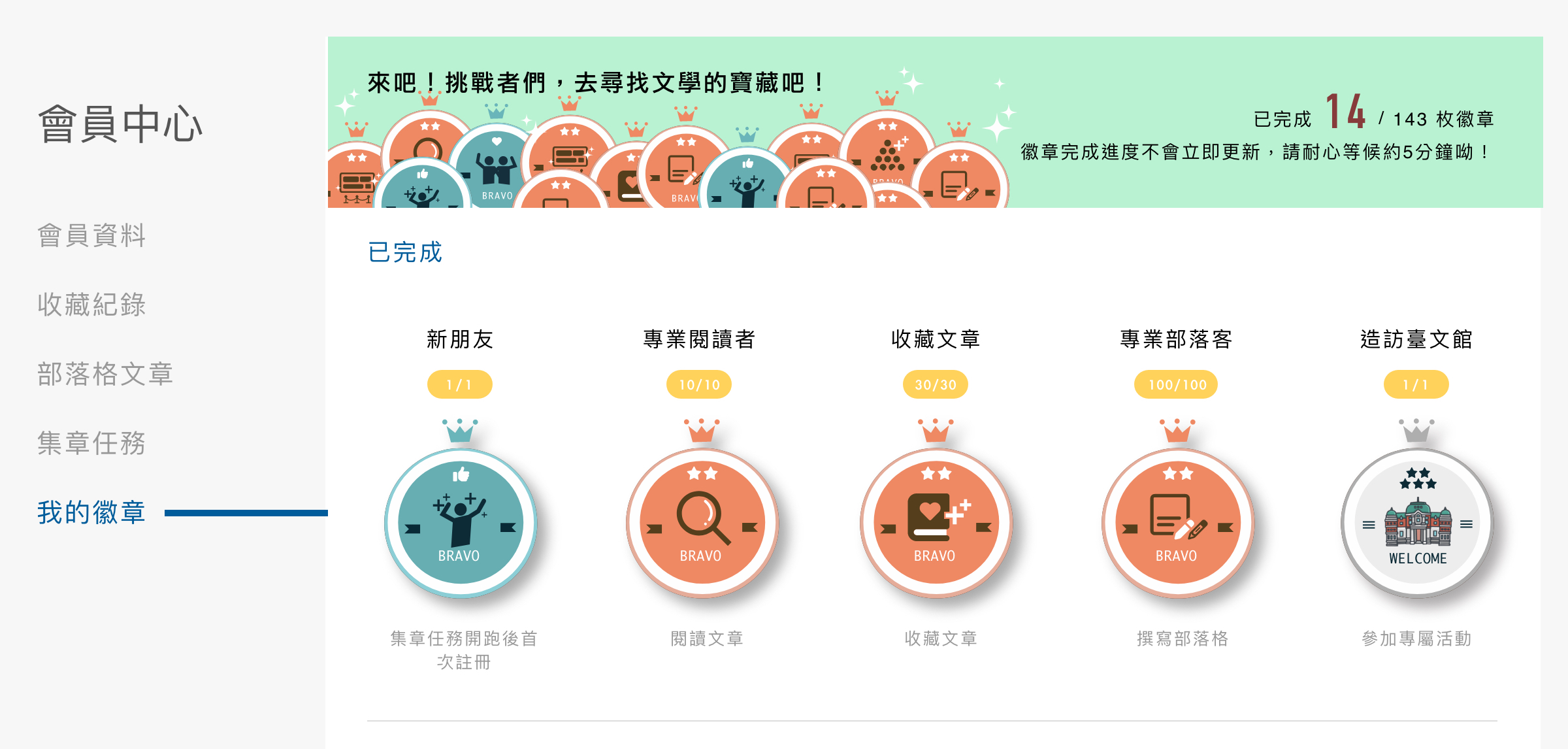"Even Stir-Frying Noodles Is Revolution":
Su Beng's Philosophy of Action

Su Beng often explained that "ideals, perspective, strategy, tactics, and discipline" are the essential criteria of a revolutionary. He mostly remained silent about the specifics of his past underground work, leaving them to be uncovered through future investigation of historical records and archives. Yet Su Beng's spirit of "doing more, speaking less" and backing up theory with action has left a profound impact on the current generation.
About the Mu-gui
The mu-gui (bōng-ku / bōo-ku) is a common traditional Taiwanese burial mound, distinguished by a raised earth mound resembling a turtle shell. Su Beng once built a mu-gui-like stove, made out of bricks with an iron door, in the bathtub of the fifth-floor restroom of Shin Chinmi. This mu-gui stove was used in the training underground operatives and to test the timing mechanisms of explosives. It was later dismantled due to changes in the organization's operational strategy.
Provided by the Su Beng Education Foundation.
3-1 The World War II Years: Intelligence Work and Armed Action

During World War II, Su Beng conducted underground intelligence work in Shanghai, Suzhou, and other locations. After the war, he went deeper into northern China, learning how the Chinese Communist Party transmitted intelligence and conducted guerrilla warfare. However, after witnessing deviations from the humanitarian spirit of Marxism such as the CCP's "people's tribunals," he decided to flee back to Taiwan with his girlfriend, Kyoshi HEIGA.
In 1949, Taiwan, still reeling from the February 28 Incident, remained tense. Su Beng, driven by revolutionary ideals and passion, attempted to assassinate Chiang Kai-shek and overthrow the dictatorship. He and his comrades began networking, organizing personnel, and collecting weapons, but their plans were discovered before action could be taken. They were forced to flee to Japan aboard a banana cargo ship.
3-2 The Japan Period: Restauranteur and Revolutionary

During his exile in Japan, Su Beng organized the Taiwan Independence Association and published its journal Taiwan Independence to maintain contact with members. He also used fishermen's smuggling routes to reconnect with members in Taiwan and gather intelligence.
In Japan, Su Beng trained underground operatives and even tested timed explosive devices on the upper floor of Shin Chinmi. The Taiwan Independence Association carried out drastic, violent action in Taiwan, including blowing up railways and burning down police stations, until members Wen Lien-chang, Cheng Ping, and Hsu Mei were arrested around 1975, after which the group shifted its operational approach.
Beyond underground work, Su Beng kept in contact with other Taiwanese independence activists in exile, including Thomas Liao, Wang Yu-te, Ng Chiau-tong, Hsu Shih-kai, and Ku Kuan-min. But due to differences in ideals and operational approach, Su Beng did not maintain close ties with them. Nevertheless, Shin Chinmi remained a must-visit site for exiled activists and a secret stronghold known by word-of-mouth to individuals in Taiwan.

Marxist Theory(1)
In this manuscript, Su Beng (1918-2019) outlines the origins of Marxism and explains arguments from Marx’s A Contribution to the Critique of Political Economy.
He then discusses Marx’s establishment of the First International and the subsequent Paris Commune.
The text serves as Su Beng’s introductory explanation of Marxist theory.
(Courtesy of National Chengchi University Libraries, Accession no. ccl_sb_ma_00926_0001_i)

Introduction to the Taiwan Independence Association (2)
Su Beng (1918-2019) founded the Taiwan Independence Association in Tokyo in 1967.
The group acted on Su Beng’s principles of Taiwanese nationalism and the working masses rising to power.
After returning to Taiwan in the 1990s, Su Beng continued the Association’s activities, promoting its ideals through caravans,
leaflet distribution, and other means. This leaflet, produced after his return to Taiwan,
introduces the Taiwan Independence Association.
The cover photograph shows one of the caravans traveling across the island to give public talks.
(Collection of the National Museum of Taiwan Literature / Donated by the Wu Yung-fu Cultural Foundation, Accession no. NMTL20100031427)

Documenting the February 28 Massacre(3)
This leaflet, produced by the Taiwan Independence Association,
reports on the Kuomintang army’s abuses against the Taiwanese people during the February 28 Incident.
The February 28 Incident remained a taboo subject in postwar Taiwan until 1987,
when grassroots commemorations began to appear. Given the complexity of the event,
the uneven nature of surviving sources, and the long passage of time,
it has since generated diverse and sometimes conflicting interpretations.
(Collection of the National Museum of Taiwan Literature / Donated by the Wu Yung-fu Cultural Foundation, Accession no. NMTL20100031644)

Greeting Card from the World United Formosans for Independence (1994-12-24) (4)
Founded in 1970 by overseas Taiwanese independence groups,
the World United Formosans for Independence (WUFI) first established its headquarters in New York,
before relocating to Taiwan as the political climate changed. Advocating constitutional reform and national re-naming,
WUFI used this greeting card to send Christmas wishes to its supporters in 1994.
(Collection of the National Museum of Taiwan Literature / Donated by Lee Kuei-shien, Accession no. NMTL20140081910)

Revolutionary Manifesto of the Taiwan Independence Association (5)
The Taiwan Independence Association, founded in Tokyo by Su Beng, was a pioneering pro-independence organization.
This document is the Association’s revolutionary manifesto, outlining its course of action.
The document articulates a strategy of a two-stage revolution: the first stage, a national democratic revolution,
would aim to overthrow foreign colonial rule and establish a democratic system;
the second stage, a socialist revolution, would seek to achieve economic equality and social justice.
This manifesto exerted a profound influence on left-wing independence movements.
(Courtesy of National Chengchi University Libraries, Accession no. ccl_sb_ma_00571_0001_i)
Taiwan Independence, Issue No. 1(6)
This was the official journal of the Taiwan Independence Association, first published in Tokyo in 1967.
Most contributions followed a socialist line of thinking. By June 1976, a total of 89 issues had been released.
(Courtesy of National Chengchi University Libraries, Accession no. D2158370)
The Birth of Modern Man and Modern Society (7)
Su Beng emphasized the importance of revolutionary thought, encouraging both reflection and action.
He wrote extensively on social change and philosophy to support the independence movement.
This essay traces the rise and evolution of modernity, beginning with the European Renaissance.
(Courtesy of National Chengchi University Libraries, Accession no. ccl_sb_ma_00769_0022_i)
Translation Manuscripts by Su Beng (8)
This manuscript contains Su Beng’s translations of haiku by the Edo-period poet Bashō MATSUO,
alongside excerpts from Dante Alighieri’s Divine Comedy.
His wide reading of world literature even extended to rendering works into classical Chinese.
(Courtesy of National Chengchi University Libraries, Accession no. ccl_sb_ma_00907_0001_i)
Taiwan People(9)
Taiwan People was a periodical published in the United States by Su Beng’s Taiwan Independence Association.
Its first issue appeared on February 28, 1982. After pausing with Issue 6 in September 1983, it resumed with Issue 7 on June 30,
1985 and continued until July 31, 1988, for a total of 23 issues.
(Courtesy of National Chengchi University Libraries, Accession no. D2084933)

Yang Chi-chang, “The Task of Taiwan’s Independence: After the February 28 Democratic Revolution” (10)
Yang Chi-chang (1908-1994) was a major surrealist poet of the Japanese colonial period and chief editor of the poetry journal Le Moulin, dedicated to "pure art."
After the war, he withdrew from the literary scene. In the 1990s, Japanese scholar Sho SEIDEN befriended him and invited him to write essays.
This essay reflects on Taiwan’s sovereignty and prospects for governance, beginning with the February 28 Incident.
(Collection of the National Museum of Taiwan Literature / Donated by Sho Seiden, Accession no. NMTL20150070002)
3-3 The Eternal Revolution:
Continuing Action and Empowering the Youth after Returning to Taiwan

In 1993, at the age of 75, Su Beng clandestinely returned to Taiwan and began promoting his ideas through non-institutional channels. Although he occasionally assisted in election affairs, his main focus remained on lectures, study sessions, and promotion of the cause. He even used songs to convey his revolutionary ideals, hoping to maximize their impact through the wide circulation of music.
Su Beng organized mobile propaganda teams across Taiwan, delivering speeches in the streets to spread his vision. After coming into contact with him, younger generations also became actively involved, through organizing, publishing, and lecturing, helping more Taiwanese people understand both Su Beng's life and the ideals he upheld throughout it.

Lyrics of Taiwan Nationalism
Su Beng often used music to spread nationalist ideas,
sometimes writing lyrics himself and commissioning Wang Ming-che to compose the music.
This handwritten manuscript of Taiwan Nationalism recounts Taiwan’s history of oppression and resistance,
arguing that independence is essential for the sake of future generations.
(Collection of National Chengchi University Libraries)
